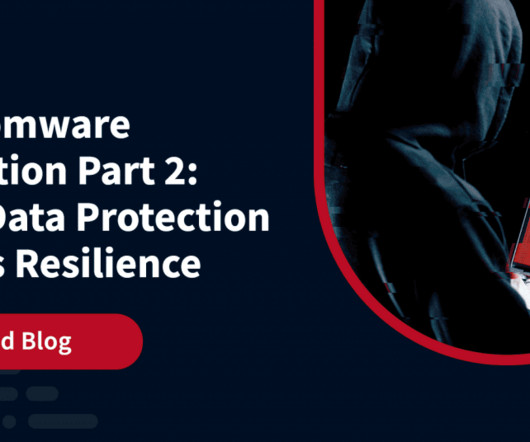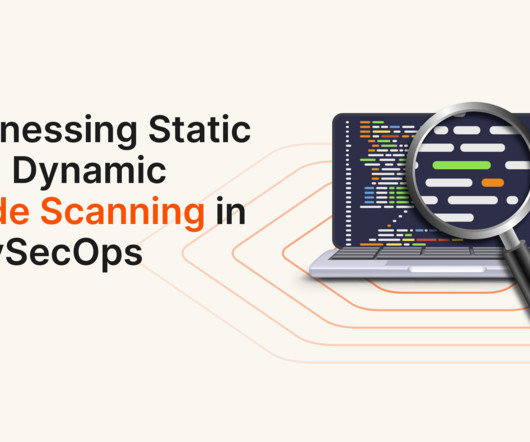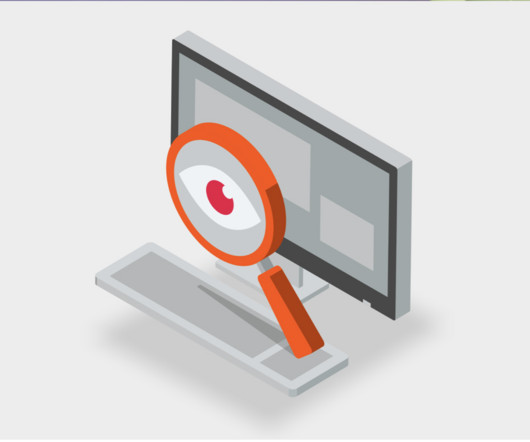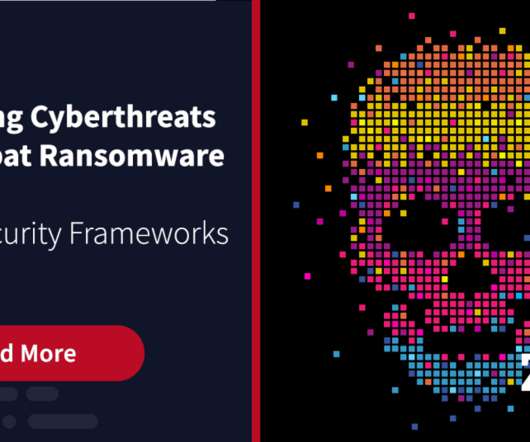Ransomware Detection Part 2: How Data Protection Drives Resilience
Zerto
JULY 6, 2023
The Need for Effective Ransomware Detection Ransomware attacks can strike businesses of all sizes and industries, wreaking havoc on their operations and leaving them vulnerable to extortion. Traditional security measures are no longer sufficient, since cybercriminals constantly evolve their tactics to bypass defences.






















Let's personalize your content